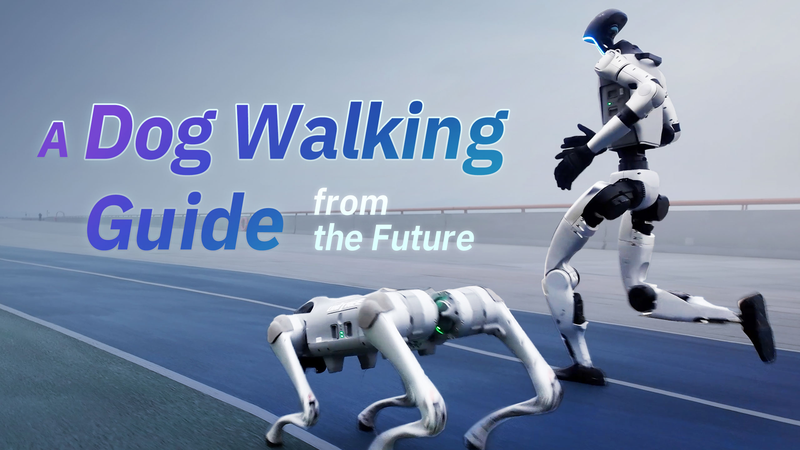Imagine strolling through a weekend market and spotting a humanoid robot casually walking its four-legged companion. This scene isn’t pulled from the latest sci-fi blockbuster; it’s playing out in the parks of the Chinese mainland today. As the robot offers a friendly wave, its robot dog springs to life, dashes across the grass and circles back with a playful bark (yes, simulated sound too!).
This demo, staged by a leading tech venture, offers more than just a photo op—it hints at a future where robots step beyond repetitive tasks and enter our social circles. Behind the scenes, AI-driven sensors interpret environmental cues, while advanced locomotion modules enable fluid, natural movements. In other words, these machines aren’t just following a preprogrammed routine; they’re reacting in real time.
For young global citizens and tech enthusiasts, this breakthrough is a signpost for where innovation is headed. From companion robots keeping seniors active in Tokyo to interactive guides welcoming digital nomads in European co-living spaces, the idea of “robot plus one” is gaining traction across G20 nations. Thought leaders are already debating the ethics and legacies of mechanical pets—could they redefine our relationships with AI?
Still, every leap brings questions. Will “petbot” ownership become a status symbol, or a tool for social good? Could robot dogs assist in search-and-rescue missions, patrol sprawling campuses, or simply cheer you up on a rainy day? As these prototypes leave the lab and roam our sidewalks, we’re only beginning to map out their role in daily life.
The future of companionship is evolving fast. Whether you’re a startup founder brainstorming the next use case or a traveler curious about new tech trends, keep an eye on robot-human partnerships—they might just be our next best friend.
Reference(s):
cgtn.com




